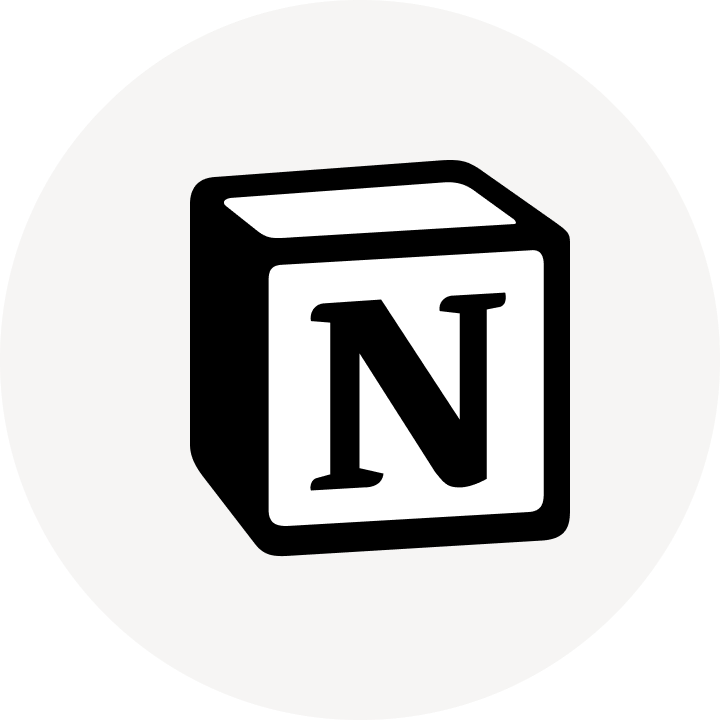Engineering Tech Specs serve as a foundational tool for Computer Hardware Engineers, enabling precise planning, communication, and execution of development projects. By setting clear guidelines and expectations, these specifications help in aligning team efforts and streamlining product development cycles. Utilizing a Notion template for Engineering Tech Specs can simplify the process of creating thorough documentation, ensuring all necessary details are captured systematically and can be easily accessed by team members.
Before diving into the creation of your own Engineering Tech Spec, exploring the examples listed below can offer valuable insights and ease the initial setup process.
What Should Engineering Tech Spec Templates Include?
Choosing the right Engineering Tech Spec Template is crucial for streamlining project documentation and ensuring all technical requirements are clearly outlined. Here are key components to look for in a template:
Comprehensive Requirements Section - This part should provide clear fields to describe all technical and functional requirements, ensuring nothing is overlooked.
Detailed Component Breakdown - A good template will include sections for detailing each component or module, its specifications, and its role in the overall system.
Integration Strategies - It should outline methods for integrating new hardware with existing systems, including any potential challenges and proposed solutions.
Testing and Validation Protocols - Essential for any tech spec, this section should guide the user through necessary testing phases to validate each component's performance against the specs.
By focusing on these elements, you can select a template that not only organizes information efficiently but also enhances the engineering process.
What Should Engineering Tech Spec Templates Avoid?
Choosing the right Engineering Tech Spec Template is crucial for streamlining project documentation. However, certain elements can complicate rather than simplify your tech specs.
Overly Complex Formulas: Templates with complicated formulas can be error-prone and difficult to adapt or update, leading to potential inaccuracies in important calculations.
Excessive Automation: While some automation can improve efficiency, too much can remove flexibility, making it hard to customize the template to specific project needs.
Irrelevant Sections: Avoid templates that include unnecessary sections which are not applicable to most projects, as they can clutter the document and distract from essential content.
Ultimately, the best template is one that balances simplicity with functionality, ensuring that it enhances productivity without adding unnecessary complexity.













